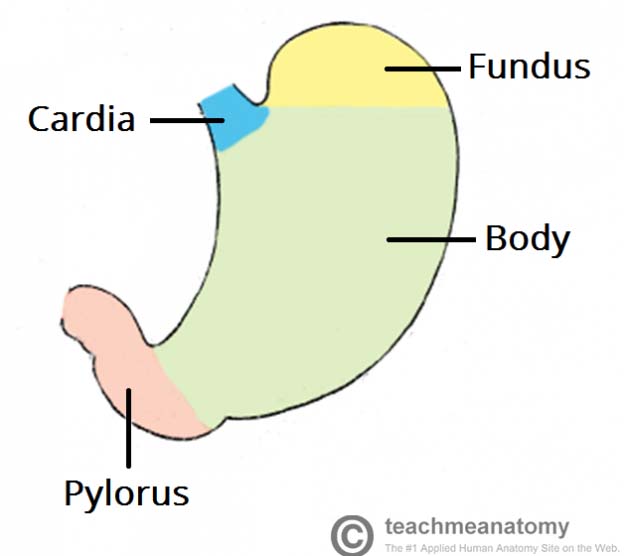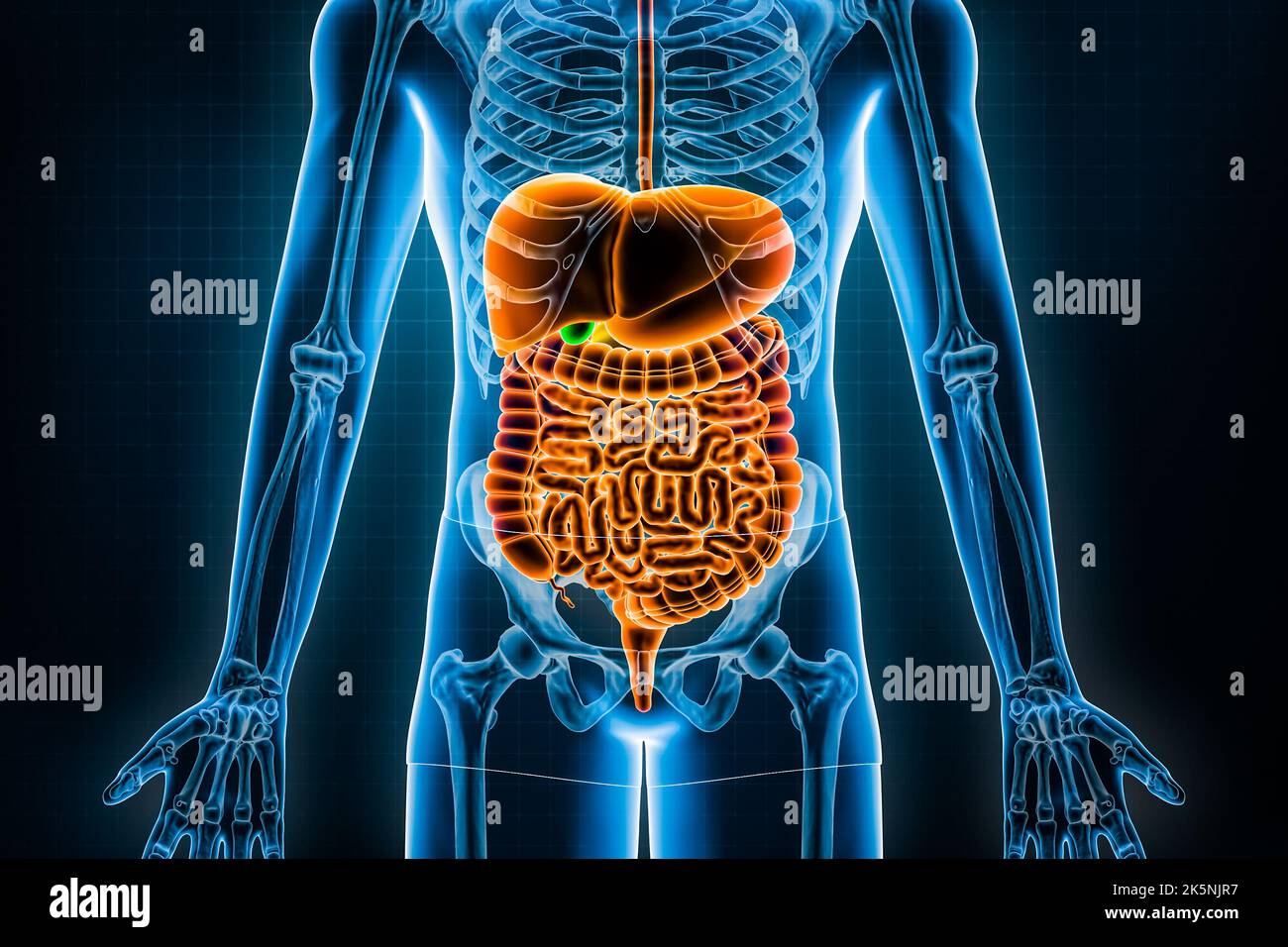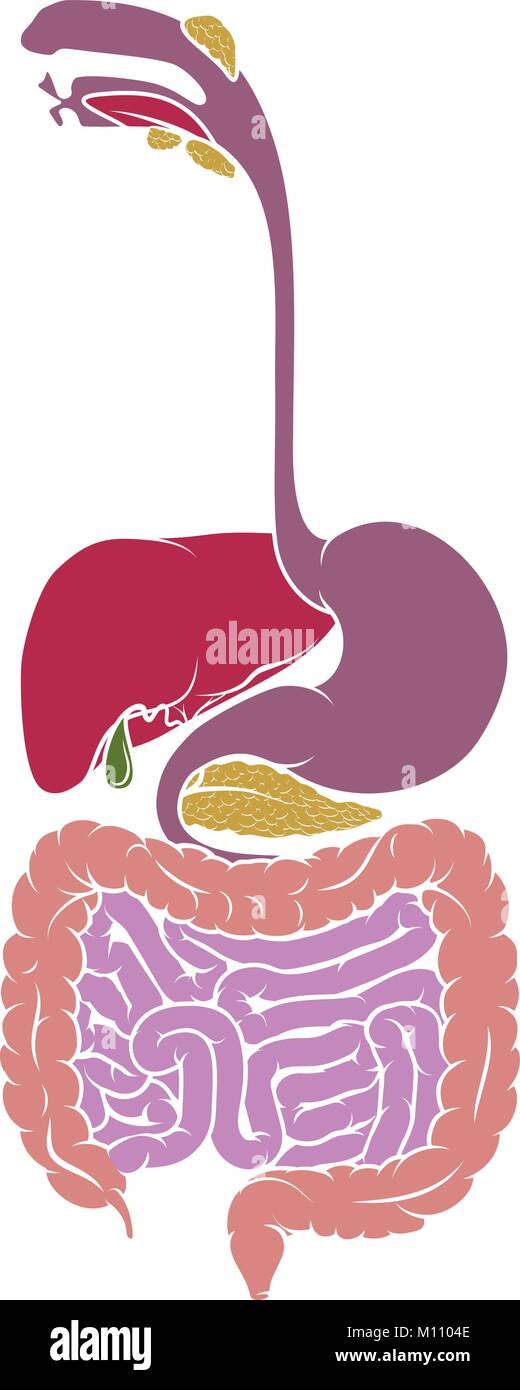Gastrointestinal Tract Anatomy Biology Diagrams Your digestive system sends food on an incredible journey through your body. Digestion is a complicated process. It involves many organs working together. These organs pull the nutrients from what you eat and drink that your body needs. Keeping your digestive system healthy and working well supports your overall health. This Osmosis High-Yield Note provides an overview of Anatomy and Physiology of the Gastrointestinal System essentials. All Osmosis Notes are clearly laid-out and contain striking images, tables, and diagrams to help visual learners understand complex topics quickly and efficiently. Gastrointestinal tract, pathway by which food enters the body and solid wastes are expelled. The gastrointestinal tract includes the mouth, pharynx, esophagus, stomach, small intestine, large intestine, and anus. anatomy. Ask the Chatbot a Question More Actions Print Cite verifiedCite While every effort has been made to follow citation

Functions of the digestive system Trigger and initiation. The function of the digestive system truly begins within the brain.Whenever the body's energy stores (i.e. blood glucose, protein, or fat stores) fall below a set point, the hunger centres of the hypothalamus are activated. These centres regulate satiety (fullness) and appetite in order to maintain energy homeostasis. The gastrointestinal tract is located within the torso, extending from the mouth to the anus. Its organs are distributed across the head, neck, thorax, abdomen, and pelvic regions. Most of the GI tract, including the stomach, intestines, and related structures, is housed within the abdominal cavity. Structure and Anatomy

Definition, Anatomy, Infection, Diseases Biology Diagrams
Learn about the gastrointestinal tract, the part of the digestive system that takes in food, digests it, absorbs nutrients and expels it. Find out its diagram, organs, functions, infections and diseases with examples and quiz. Learn about the anatomy and functions of the gastrointestinal tract, a series of hollow organs from the mouth to the anus. The web page covers the oesophagus, stomach, small intestine, appendix, cecum, colon, rectum and anal canal. The gastrointestinal system (GI) is critical in maintaining a healthy body by eliminating waste and absorbing nutrients through a variety enzymes and hormone processes. The baseline knowledge of this body system will significantly support your future success in the nursing program.
